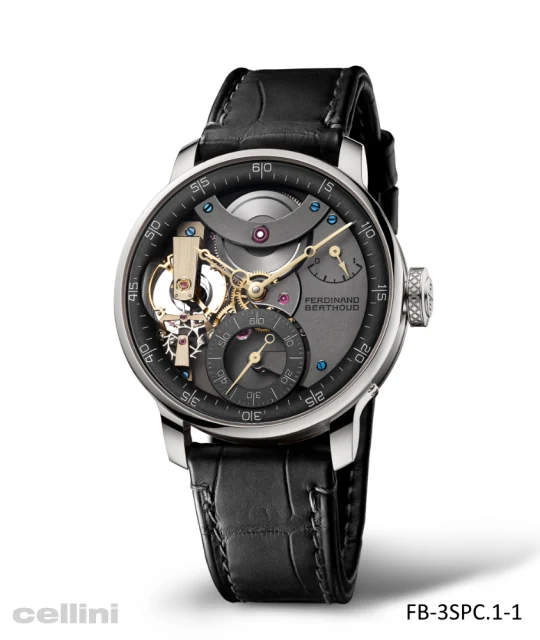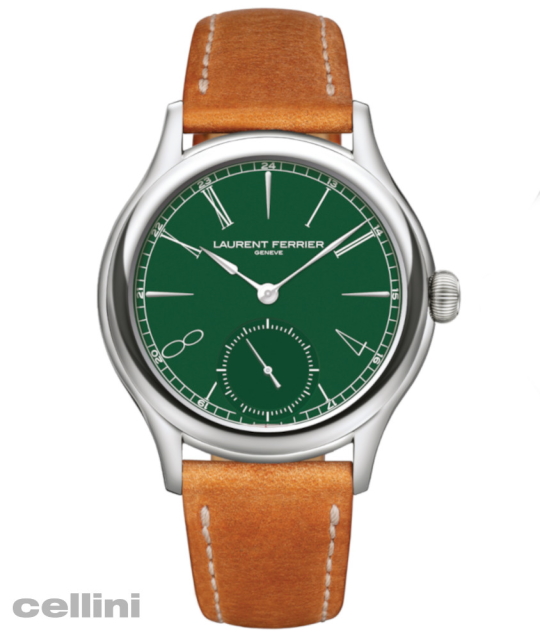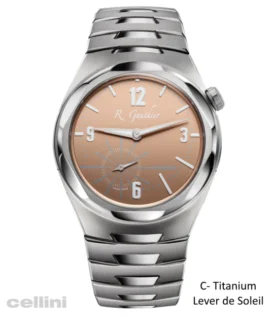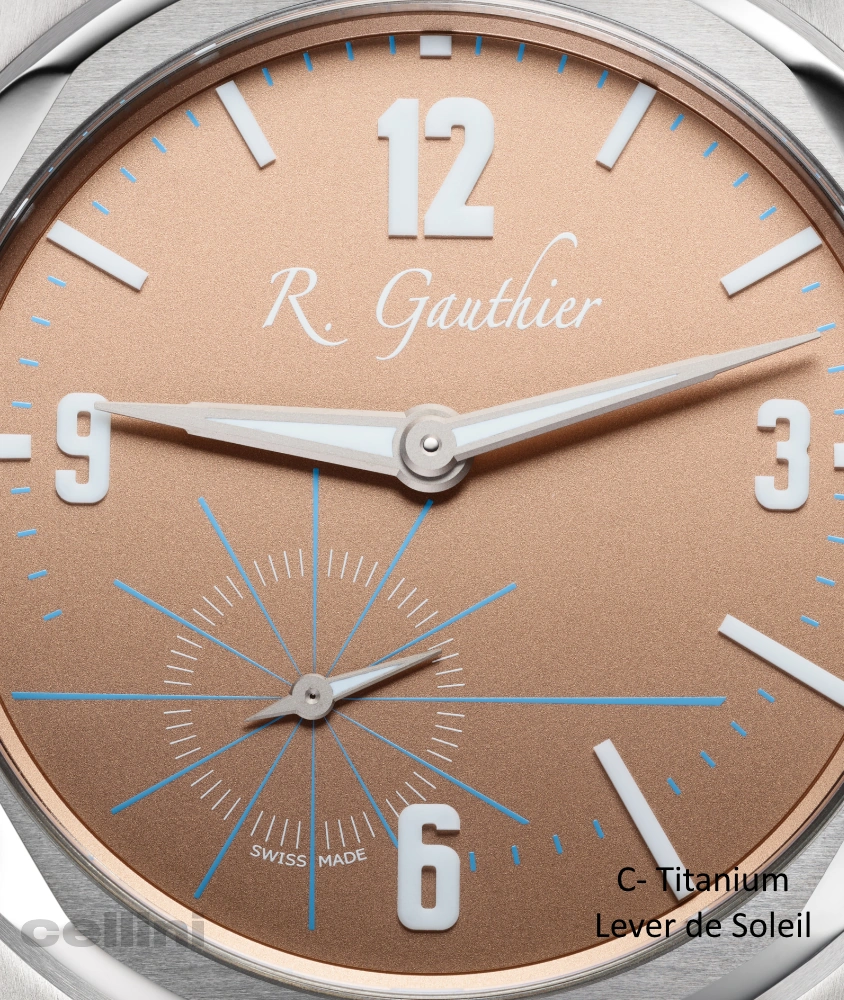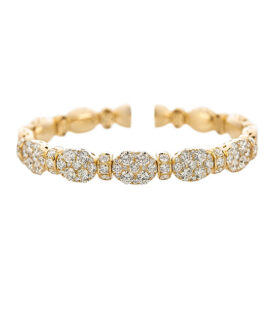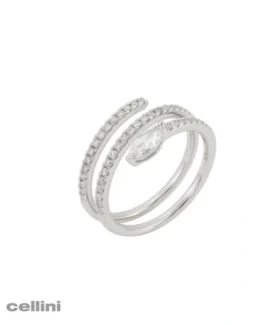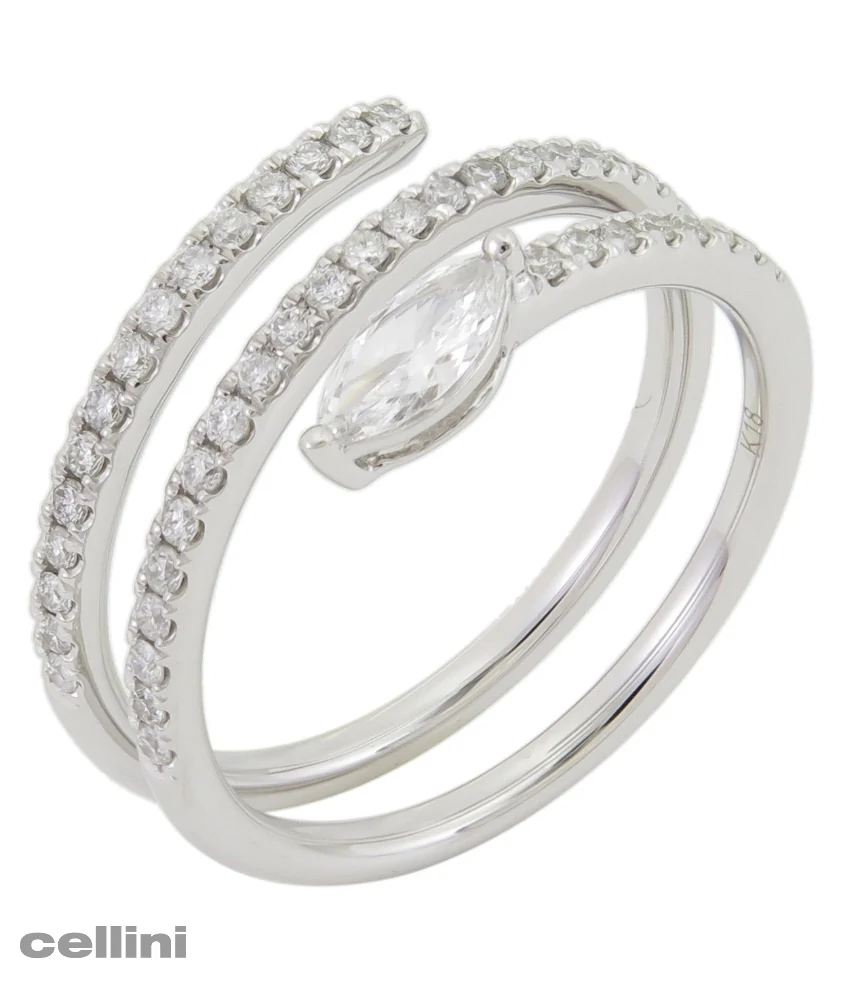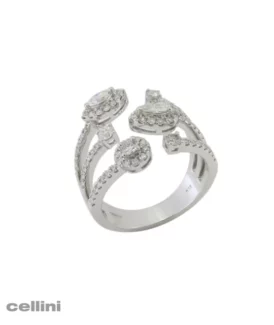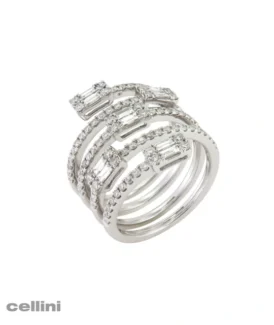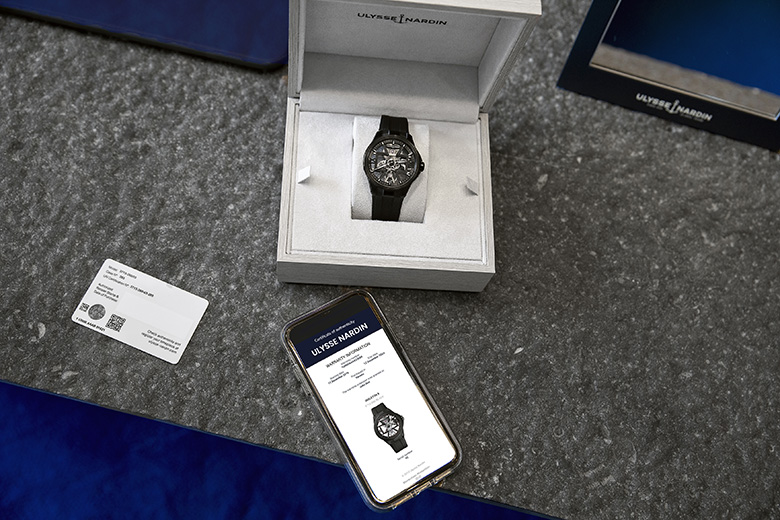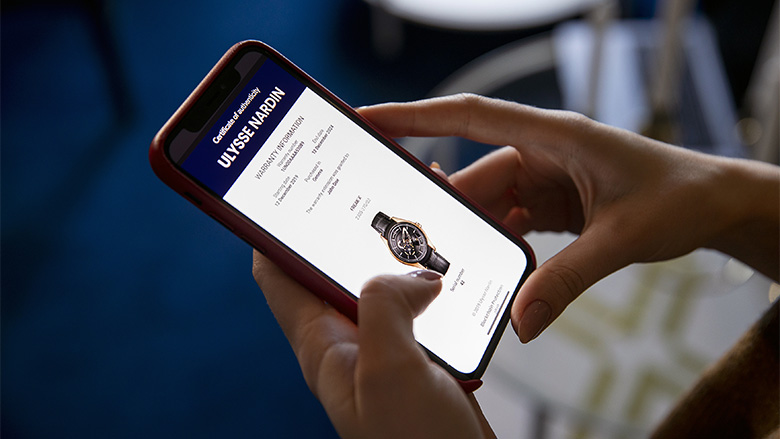
Ulysse Nardin Unveils Warranty Using Blockchain Technology
Dedicated to providing a cutting-edge technology service and significantly improving its customers’ user experience, Ulysse Nardin is the first luxury manufacturer to deploy blockchain certification to all its collections.
Remember that blockchain is a technology that can be used to store and transmit information or transactions. It is a global digital database shared among multiple users that can, at any time, using a cryptographic system, verify the validity of information, add data and record a transaction. Ulysse Nardin’s approach used here is to store the “digital signature” of all PDF warranty certificates in the form of a “hash” – i.e. an encrypted string of characters – on the Bitcoin blockchain.
Therefore, a digital document like a warranty certificate in this case, when protected on the blockchain, becomes tamper-proof. The registers of “hashes” are publicly accessible, anywhere in the world, at any time, thereby removing the risk of losing, forgetting or falsification of physical warranty cards, traditionally provided with the watch at the time of purchase.
Another advantage is that this certificate becomes extremely useful for the after-sales service (a reliable transaction history) or when it is offered as a gift or resold (used market). The physical guarantee card will continue to exist, since thanks to its “bubble tag,” customers will be able to extend the watch warranty to five years and thus directly generate their online blockchain warranty certificate.
So, essentially, when a customer buys a Ulysse Nardin watch, they must enter it on the Ulysse Nardin website using the physical “prooftag” warranty card. They will then receive a personalized digital certificate with their name in a PDF format containing all the data and information about the purchased product (model, watch serial number, warranty card number and warranty end date). The signature of this warranty document is anchored in the blockchain via its “hash,” i.e. the document’s digital fingerprint.
Thanks to the advanced cryptographic methods and the strong decentralization of the Bitcoin network (the first blockchain created more than 10 years ago with a high-level of reliability of its data), putting in place this certificate is an extremely innovative project in the sense that it does not use a third-party company to ensure the validity of the certification.
“We decided to use the most-secure and most-recognized solution. Also, according to a satisfaction survey that we send to our customers with the certificate, 90% see the value of using the blockchain to protect their certificate and 100% are satisfied with receiving a protected digital certificate,” says Stéphane Carlier, Chief Digital Officer of Ulysse Nardin, in charge of the project.
Verifying the validity of Ulysse Nardin warranty certificates will be possible directly on the Bitcoin blockchain using an explorer like https://blockstream.info/, or a checker using the same open source standard as https://btcproof.info/. Another option for the customer is a checker widget hosted directly on the Ulysse Nardin’s website: https://www.ulysse-nardin.com/verify-certificate. For its development, Ulysse Nardin and Kering chose the Breton start-up “Woleet.” By a simple “drag and drop,” the link between the warranty certificate and the blockchain is simplified.
“We are very happy to have been able to accompany Ulysse Nardin in defining and implementing this innovative process, which for the first time allows a watchmaker to offer its customers warranty certificates for all its collections through the blockchain technology. Working with our Houses to ensure they are able to provide their customers the best experience possible is one of our key tasks, and co-creating services as innovative as this one is a particularly significant illustration,” says Amélie Lemoine, Kering’s Director of Innovation.
Another major step forward: the blockchain technology, which is being tried out in the watchmaking industry mostly as an “optional service,” is being deployed at Ulysse Nardin systematically, not just on a single product, but on all of its ranges.
“We want to provide secured proof to our end customers and thus create trust as regards the authenticity of all our products,” says Patrick Pruniaux, CEO of Ulysse Nardin. “The second step in this deployment will cover the transfer of ownership of the certificate. Also, why not eventually have a record of all the maintenance operations on our watches in the blockchain?”
A candidate for the Digital Innovation Grand Prix (in the “Services” category), which celebrates digital innovation in all forms by rewarding both start-ups and large French groups, this innovation has been preselected by the Petit Web among the 10 innovation project finalists out of a total of 373 projects. The results will be announced on February 27, 2020.



